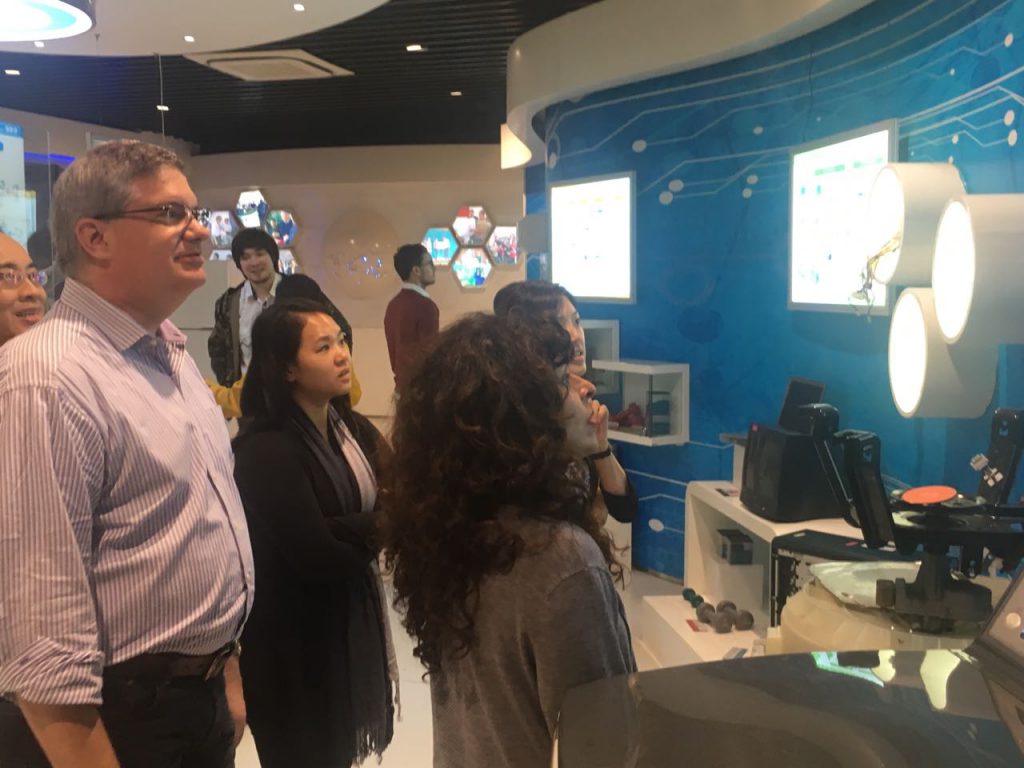Last week, to understand more about the eWaste issue in China, we have organized a tour to TES-AMM, a eWaste factory in Jiading, Shanghai. 15 guests with an interest in sustainability area from Shanghai and Suzhou joined us for the tour.
Opened in 2005, TES- AMM (Total Environmental Solutions Asset Material Management ) has established an Integrated WEEE Management Solutions for recycling e – waste. They have set up 28 facilities across Asia- Pacific and Europe, 5 of which are in China and it has been recycling 45,000 ton e – waste every year in China.
Kevin, who is the Head of Business and Development led the tour and explained the recycling process of the electronic waste. They recycle electronic waste including office supplies such as computer and printer, home appliances such as fridges and television and others such as camera and earphones.

Their source of e- waste vary from the prototypes from other factories to the devices we used on a daily – basis. They also partnered with Green – Initiatives in the first formal community-focused e-waste program in Shanghai.
After they have received the electronic waste, they will go through a dismantling process both manually and mechanically to separate them in different parts. After that they will undergo chemical process such as Cyanide stripping, reverse electrolysis, precious metals refinery and smelting to extract various materials.
The factory has also developed their own patented techniques to extract valuable materials such as gold and plastic which will be recreated into useful products such as plastic hangers. All in house wastewater streams (effluent from electrolysis process and fume scrubber system) will be sent to waste water treatment plant to eliminate the hazardous threat to the environment and to ensure safe discharge.

We also had an opportunity to go visit the recycling line inside the factory, which gave us a more visual insight on how the materials are processed. Kevin highlighted that they opt for a higher cost but more environmentally friendly way to process the materials, as it is more sustainable for them in the long run.
The participants left the tour with a greater understanding f how we can give a second chance to our destitute devices and turn them into useful materials. Eva, a participant in the tour, reflected the role of consumerism plays in this recycling process ‘It is so easy for us to buy a new phone or gadget but it costs a lot of energy and water to recycle them’.
For more insights on the informal VS formal waste system, you can download our report to learn more:
Informal Waste – Sustainability Insights – Collective Responsibility
